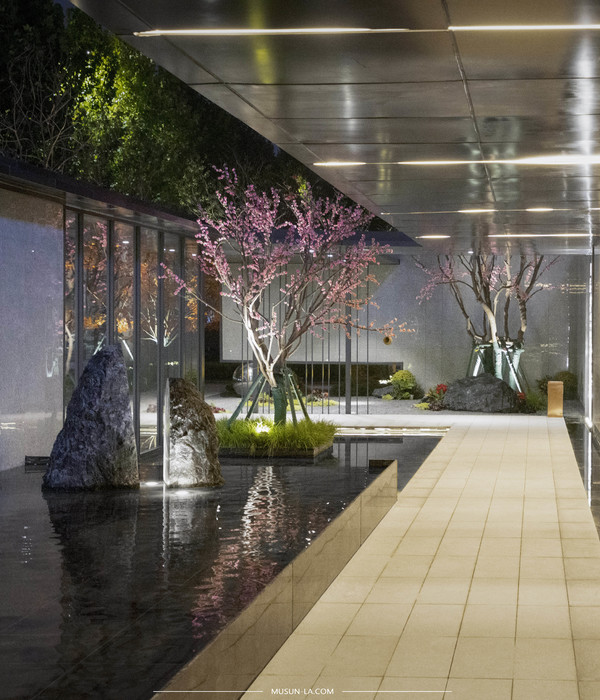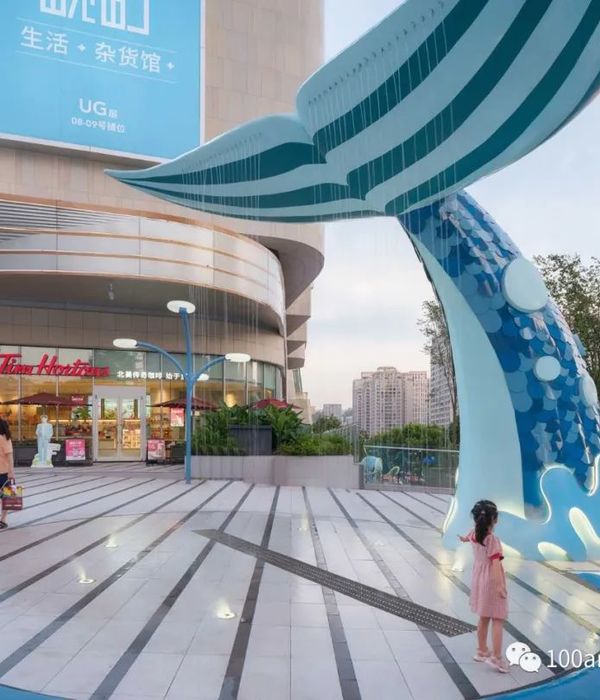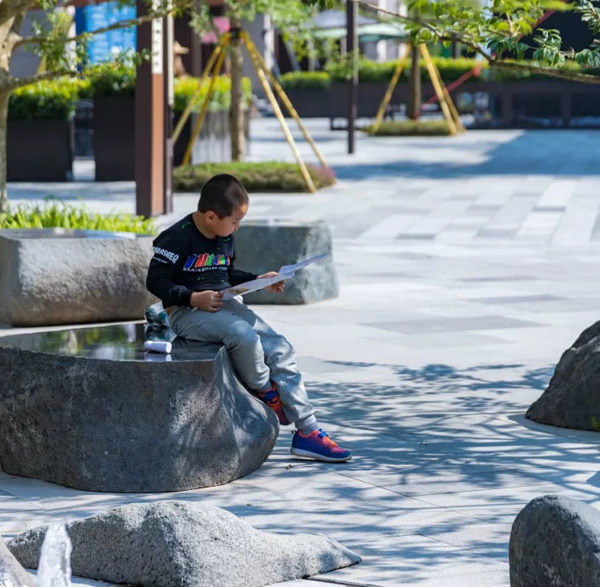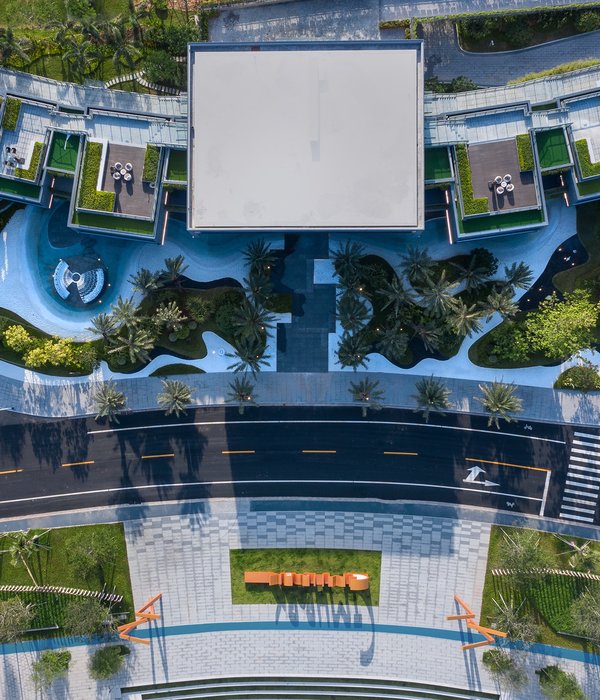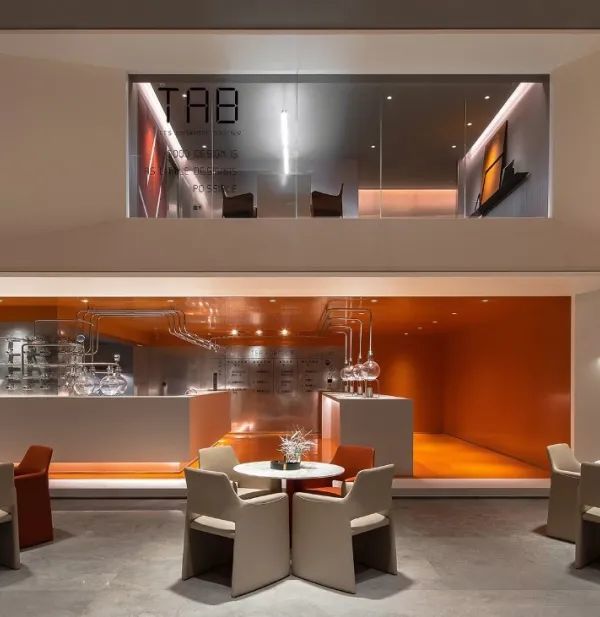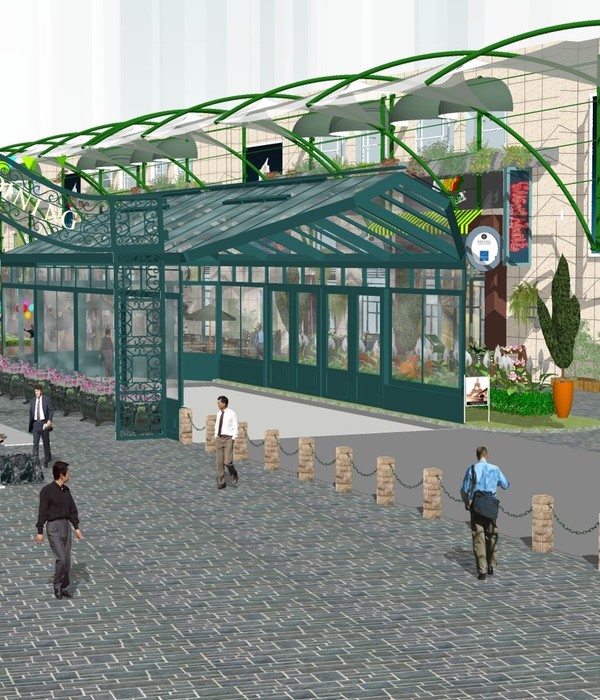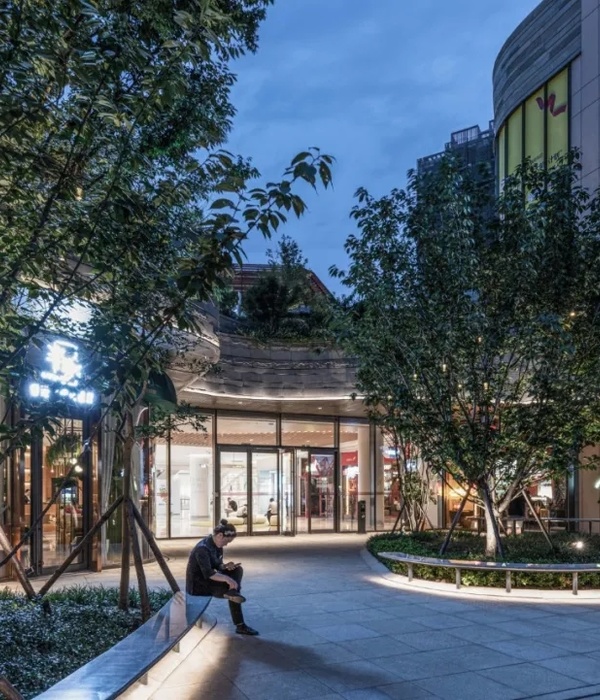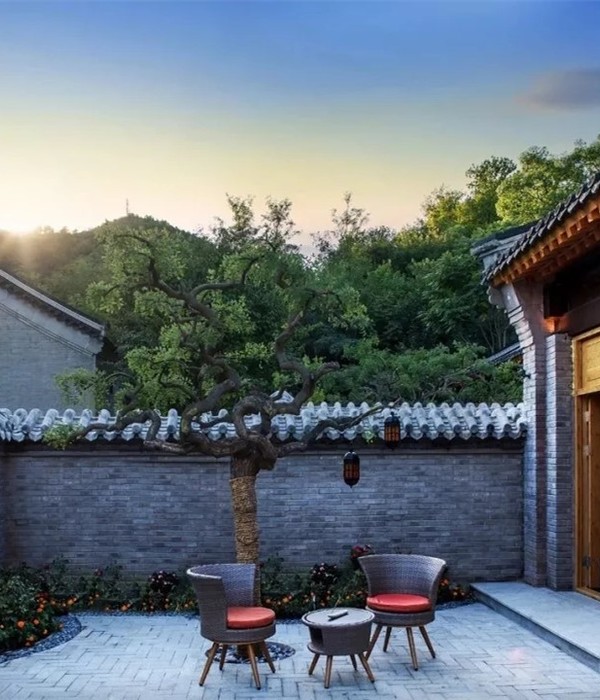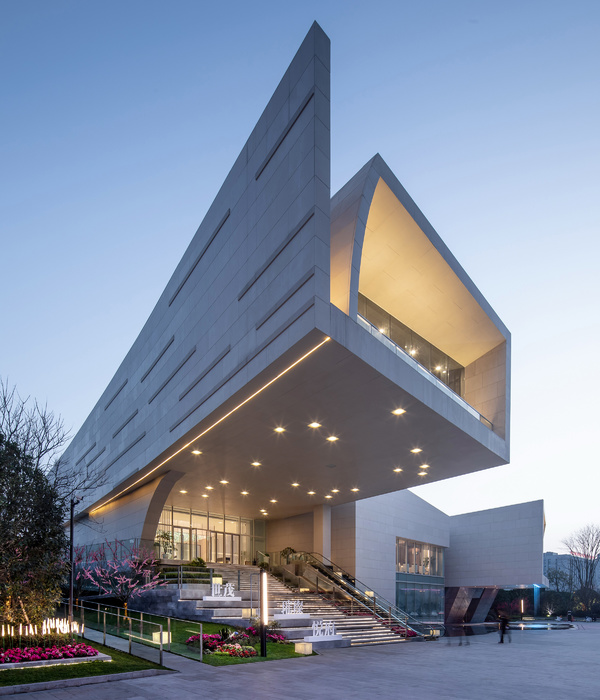- 项目名称:白塔寺下的新玛尼堆
- 设计方:北京八作建筑设计事务所有限公司
- 公司网站:http:,,www.bazuo.com.cn
- 联系邮箱:mwang@bazuo.com.cn
- 主持建筑师:张曙辉,王淼
- 设计团队:丁嘉同,谢馨伟
- 项目地址:中国 北京市 西城区 白塔寺东夹道40号
- 建筑面积:9㎡
- 摄影版权:吕博
该装置位于北京市西城区白塔寺东夹道40号(八作建筑事务所院内),是一次跨越时空的对话(千年前的玛尼堆、三千公里外的西藏、藏传佛教的白塔寺)。
The installation is located at No. 40 East Road, Baita Temple, Xicheng District, Beijing (in the courtyard of Bazuo Architectural Office). It is a dialogue spanning time and space (the Mani stones of thousands of years ago, the Tibet of 3,000 kilometers far away, the white tower Temple of Tibetan Buddhism).
▼“玛尼堆中”入口和鸟瞰,The entrance of “Mani heap” & aerial view
一块块玛尼石堆叠的是千年岁月的沉淀和藏民永生的信仰,各层玛尼石之间往往有百年甚至千年的时间跨度。
Mani stone means the belief of Tibetan. There are always centuries or even thousands years between the layers of Mani Stone.
▼西藏玛尼堆 & 设计分析图,Tibet Mani heap & Analysis graph
“玛尼堆中”装置的设计理念来自于石头的缝隙,因为这里纵贯千年。利用镜子打造的无限空间中,石头脱离了重力,在其中可以感悟这种时间的跨度和感受生命的渺小。
The concept of the “Mani Heap” comes from the gap of the stone, because it runs through the millennium. In the infinite space created by the mirror, the stone is out of gravity. You can feel the time and feel the meaning of life.
▼分析图:镜子中的无限空间,Analysis graph: Mani Stone in Infinite Space
玛尼堆的质感+钢框架和镜子的装置+千年前的藏传佛教白塔,他们之间有了一次跨越时空的巧妙对话。
The stones of the Mani heap + the steel frame and the mirror device + White tower of the Tibetan Buddhist thousands of years ago, they have a dialogue across time and space.
▼人与玛尼石的对话也跨越了千年,The dialogue between people and Mani Stone spans thousands years
▼“玛尼堆中”与白塔寺红墙,”Mani heap”and Red Wall
▼白塔与“玛尼堆中”的遥相呼应,The white tower with the “mani heap”
▼总平面图,Master plan
▼平面图,plan
▼剖面图,Section
{{item.text_origin}}

